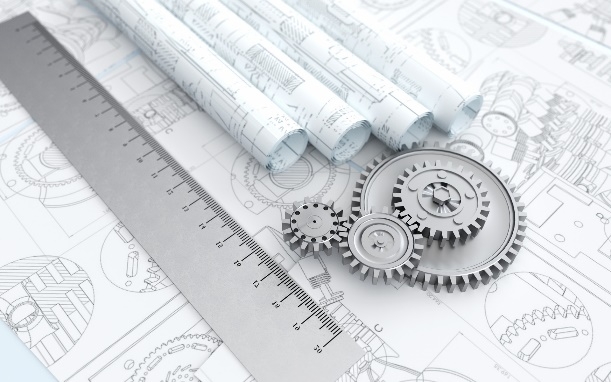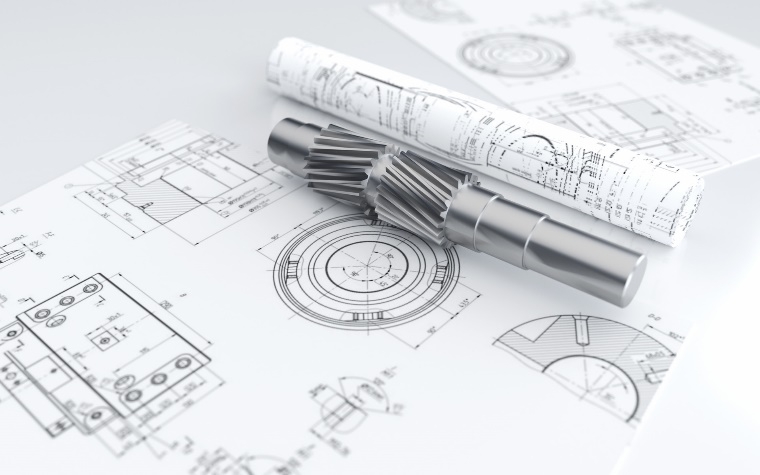A series of factors need to be considered in the design of gears, including the type of gear, module, number of teeth, tooth shape, etc.
1、Determine the gear type: Determine the type of gear based on the application requirements, such as spur gear, helical gear, worm gear, etc.

2、Calculate the gear ratio: Determine the desired gear ratio, which is the ratio of input shaft speed to output shaft speed.
3、Determine the module: Select an appropriate module, which is a parameter used to define the gear size. Generally, a larger module results in a larger gear with higher load-carrying capacity but potentially lower accuracy.
4、Calculate the number of teeth: Calculate the number of teeth on the input and output gears based on the gear ratio and module. Common gear formulas include the gear ratio formula and approximate gear ratio formula.
5、Determine the tooth profile: Based on the gear type and number of teeth, select an appropriate tooth profile. Common tooth profiles include circular arc profile, involute profile, etc.
6、Determine the gear dimensions: Calculate the gear diameter, thickness, and other dimensions based on the number of teeth and module. Ensure that the gear dimensions meet the design requirements for transmission efficiency and strength.

7、Create a gear drawing: Use computer-aided design (CAD) software or manual drafting tools to create a detailed gear drawing. The drawing should include key dimensions, tooth profile, and accuracy requirements.
8、Validate the design: Perform design validation using tools such as finite element analysis (FEA) to analyze the gear's strength and durability, ensuring the design's reliability.
9、Manufacturing and assembly: Manufacture and assemble the gear according to the design drawing. CNC machines or other machining equipment can be used for gear manufacturing to ensure accuracy and quality.
Post time: Jun-27-2023




